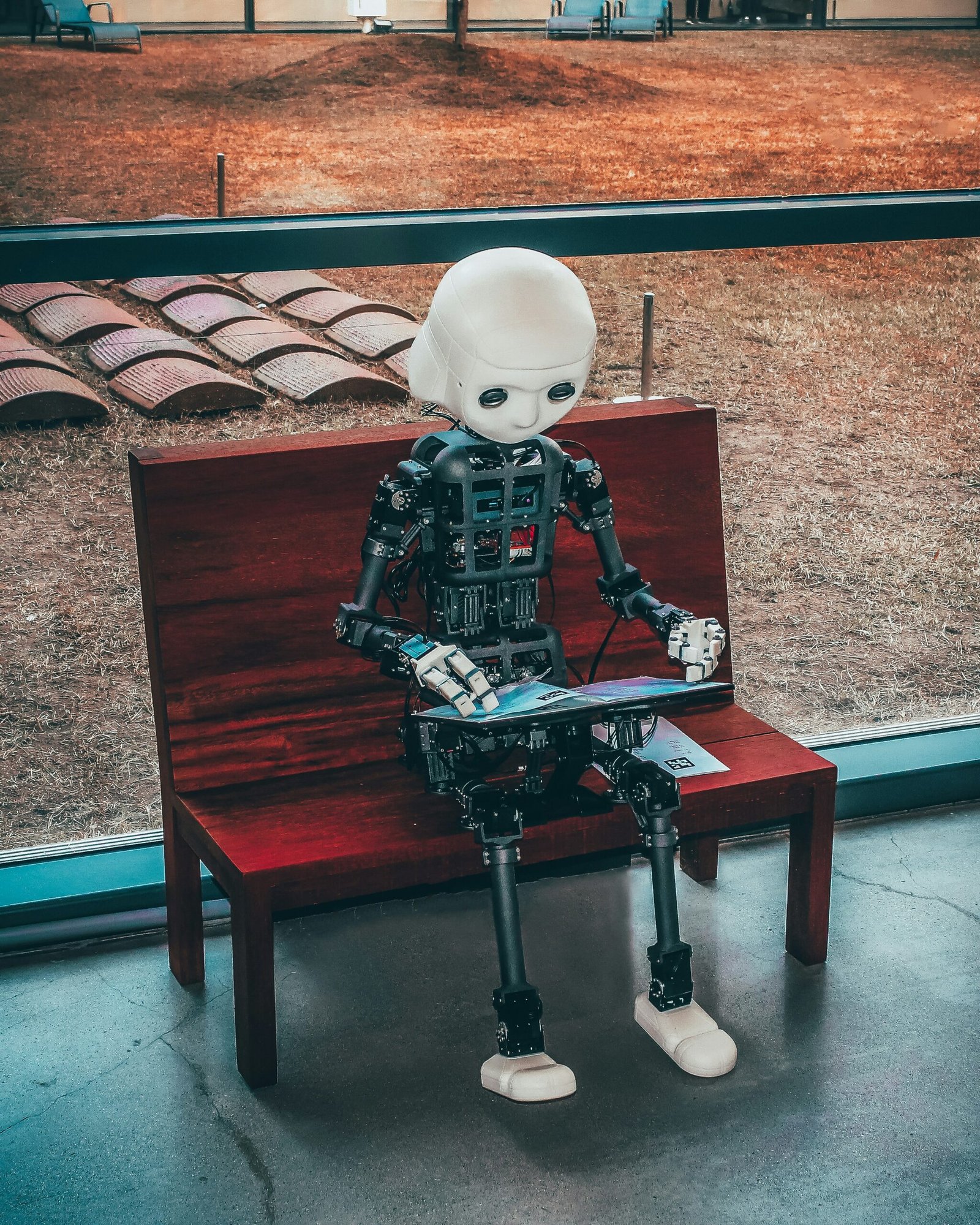
NASA’s Crew-10 Returns Safely Amid SpaceX & Starliner Feats.

NASA’s Crew-10 mission has safely returned to Earth, marking yet another major milestone in the ongoing advancements of space exploration. While the journey was filled with excitement, it also highlighted key developments involving SpaceX’s Dragon capsule and Boeing’s Starliner spacecraft.
A Mission Filled with Achievements
The Crew-10 mission was a significant step in NASA’s commitment to continuous human presence in space. The mission involved a team of highly trained astronauts who spent several months aboard the International Space Station (ISS), conducting cutting-edge research and essential experiments.
For those following space news closely, this mission was not just about the return of astronauts but also about the ongoing competition between SpaceX and Boeing in revolutionizing space transport.
How Did Crew-10 Return?
After completing their stay aboard the ISS, the Crew-10 astronauts boarded SpaceX’s Dragon capsule for their journey back to Earth. The capsule successfully re-entered Earth’s atmosphere, deployed its parachutes, and safely splashed down in the ocean. NASA confirmed the team’s safe recovery soon after landing.
What Made This Mission Special?
This mission stood out because it was part of NASA’s Commercial Crew Program, which aims to make space travel more frequent and reliable by partnering with private aerospace companies like SpaceX and Boeing.
- Improving Space Travel: Missions like Crew-10 are helping refine spacecraft technology, ensuring safer and more efficient travel between Earth and the ISS.
- International Collaboration: The Crew-10 team worked closely with astronauts from various space agencies, showcasing the power of international partnerships.
- Scientific Research: While in space, the crew conducted important experiments, contributing to medical advancements, space sustainability, and new technologies.
The Race Between Starliner and SpaceX
SpaceX has been the dominant force in NASA’s Commercial Crew Program, providing reliable transportation to and from the ISS with its Dragon spacecraft. However, Boeing’s Starliner is also in the final stages of its certification process and aims to offer another option for astronaut transport.
Though Starliner has faced delays and technical hurdles, NASA remains committed to working with both companies to ensure safe and reliable human spaceflight.
Why Does This Matter?
Before the Commercial Crew Program, NASA heavily relied on Russian Soyuz rockets for astronaut transportation. Now, with both SpaceX and Boeing in the picture, the U.S. has regained its capability to launch astronauts independently.
This competition also pushes innovation forward, making space travel safer and potentially more affordable over time.
The Future of NASA’s Missions
With Crew-10’s successful return, NASA is already preparing for its next missions. The upcoming Crew-11 and other planned expeditions will continue to enhance our understanding of long-term space travel.
What’s Next?
- Starliner’s Certification: If Boeing’s Starliner successfully completes its final tests, it will soon transport astronauts alongside SpaceX’s Dragon.
- Deep Space Exploration: NASA’s Artemis program is also progressing, focusing on sending astronauts back to the Moon and eventually to Mars.
- Advancements in Space Tech: With private companies entering the industry, expect more breakthroughs in spacecraft efficiency, safety, and cost reduction.
Final Thoughts
The return of Crew-10 confirms that human space travel is stronger than ever. With companies like SpaceX and Boeing pushing boundaries, the future of space exploration looks incredibly promising.
As NASA continues to expand space missions, the dream of longer space travel, building lunar bases, and possibly reaching Mars feels closer than ever. What are your thoughts on the growing advancements in space travel? Let us know in the comments!
For more details NASA Crew-10 Mission Details .
“`
Share this content:



Post Comment